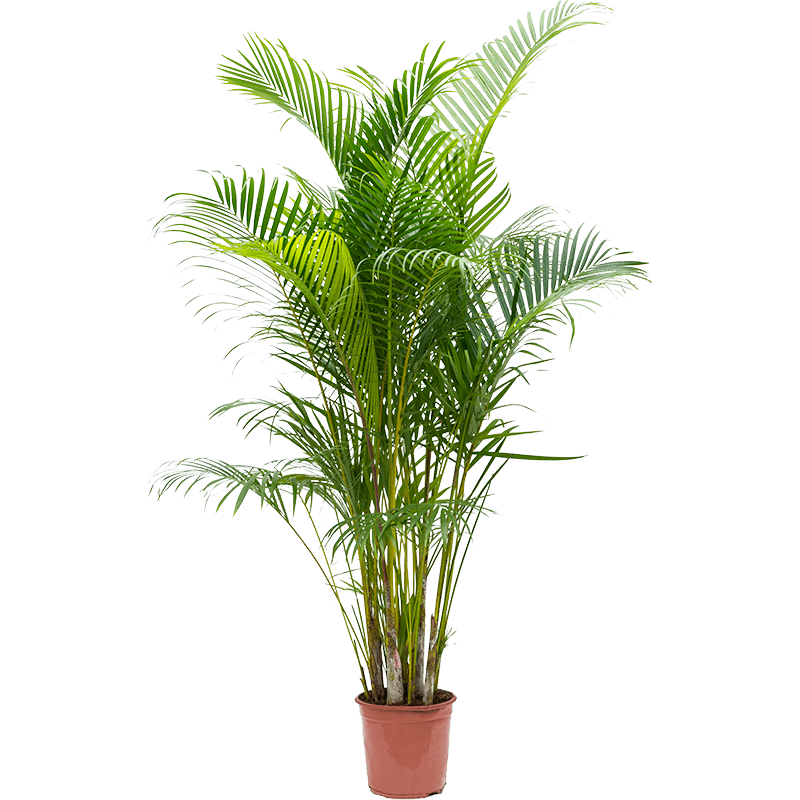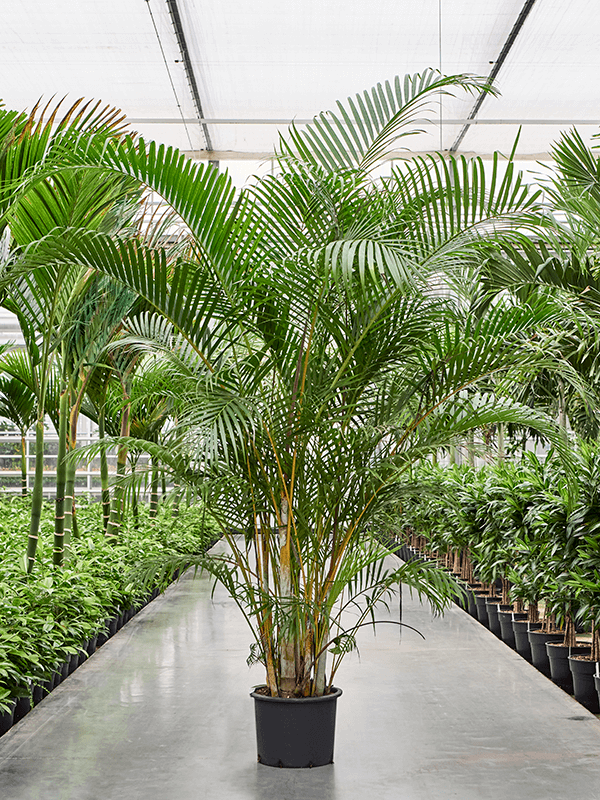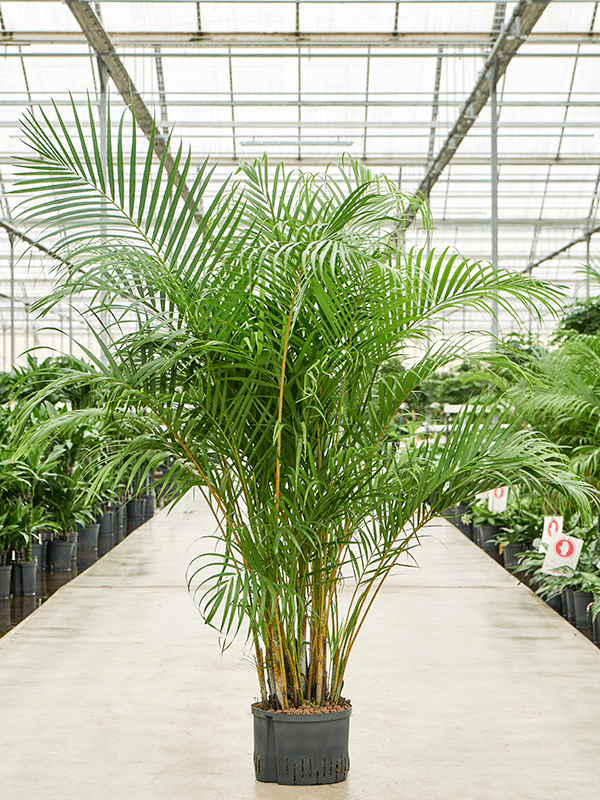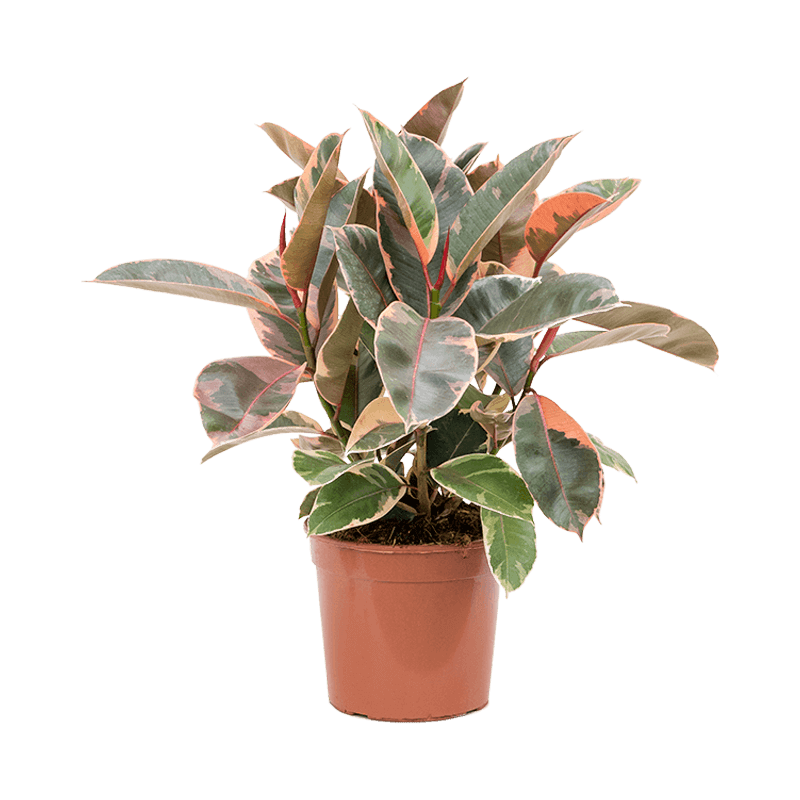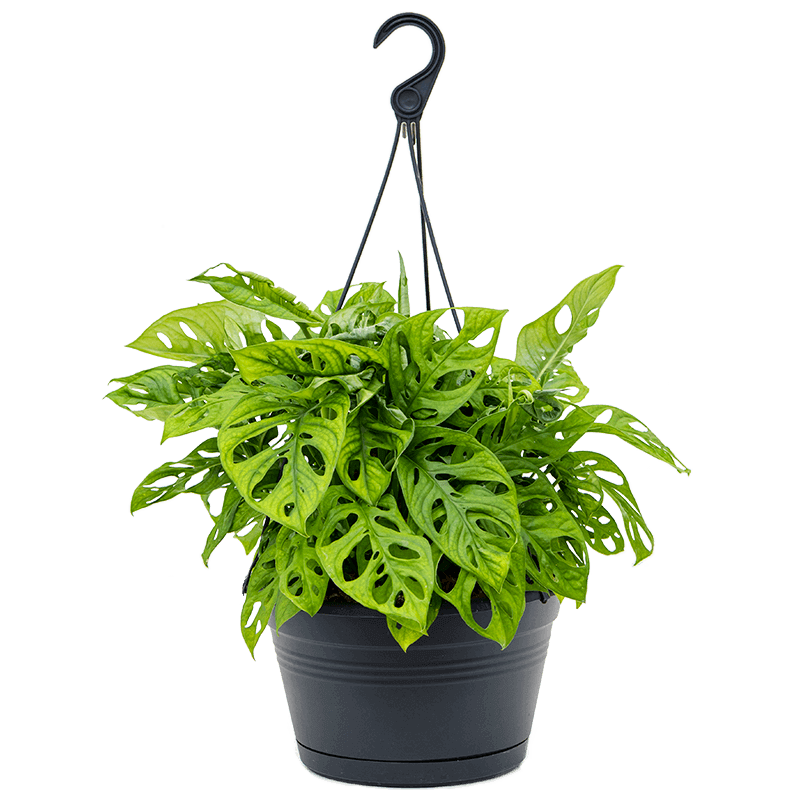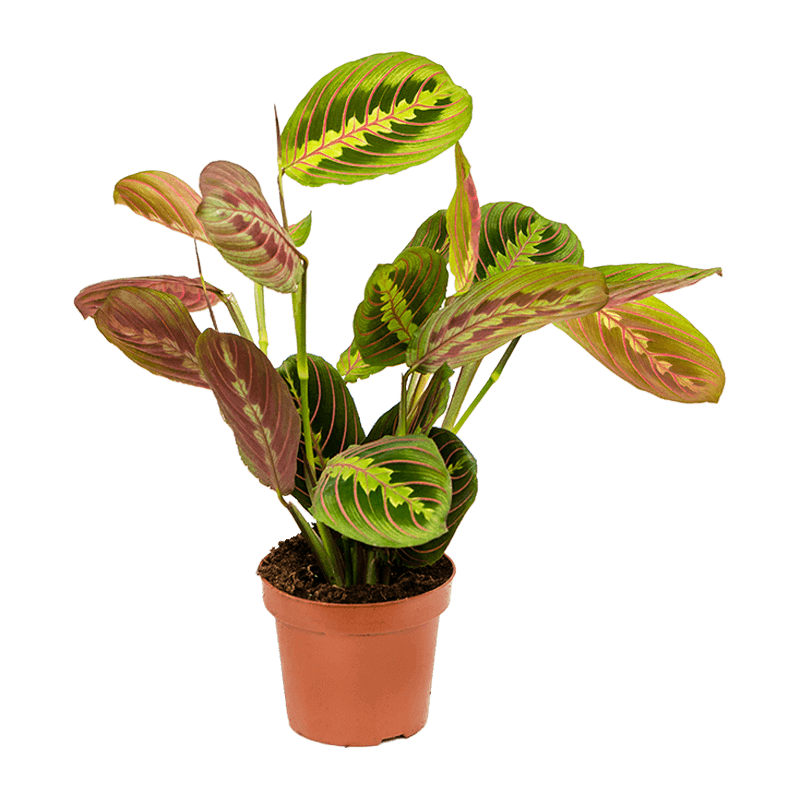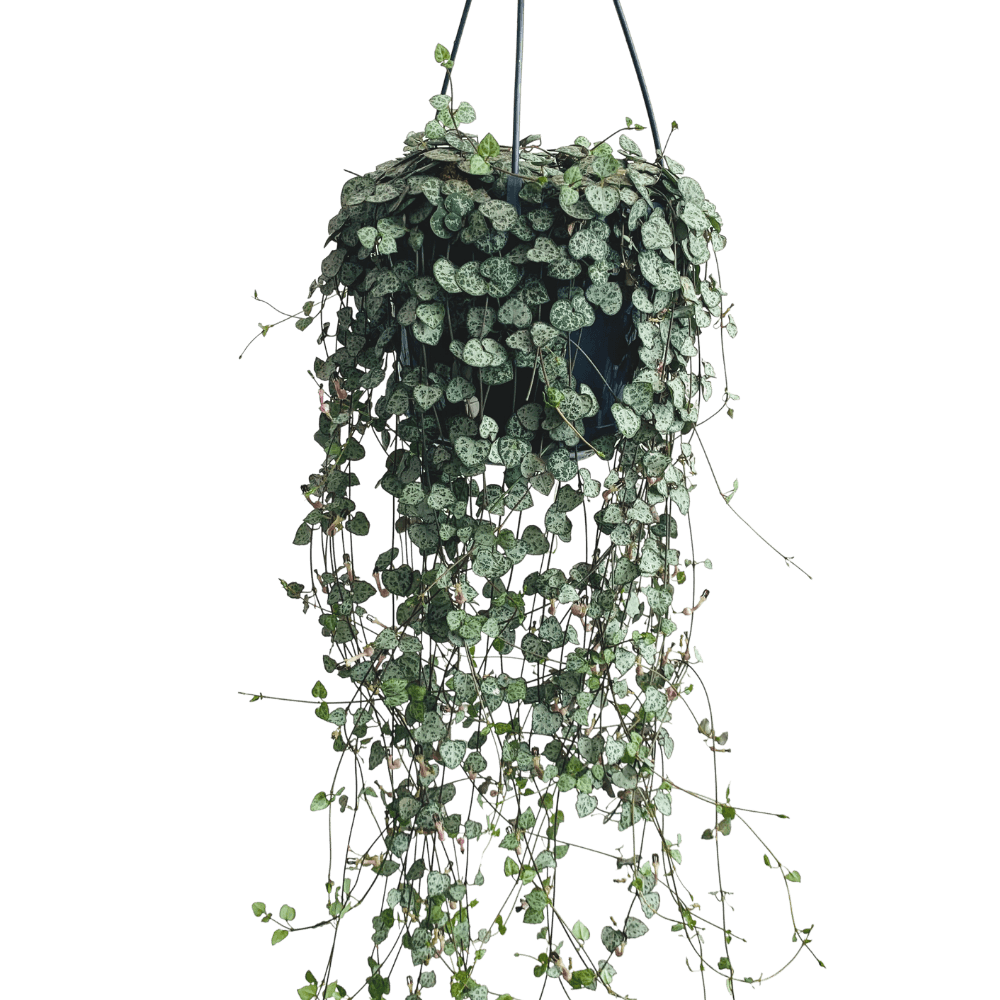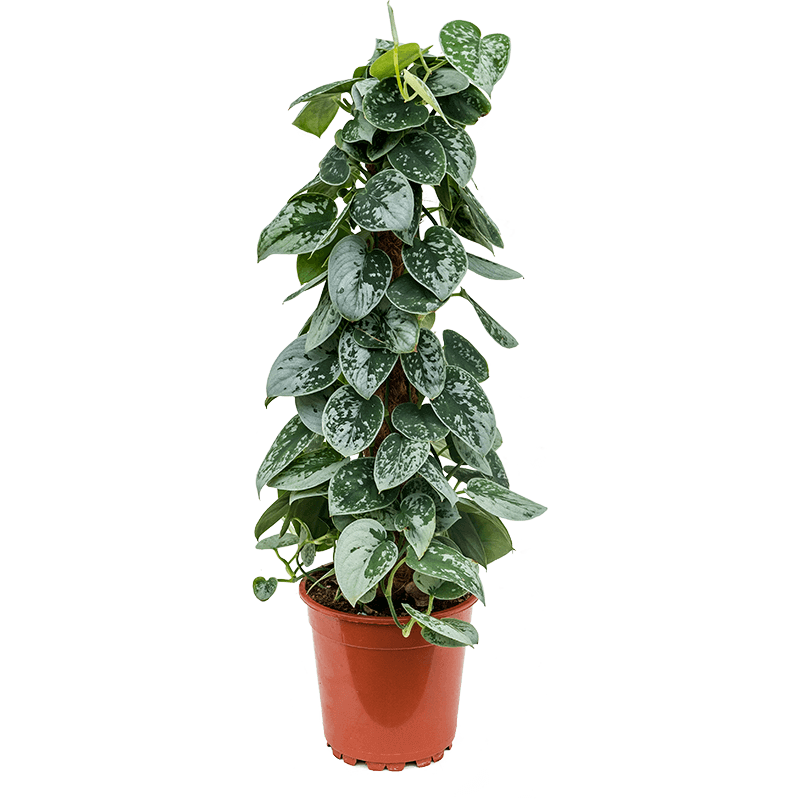how to care for areca
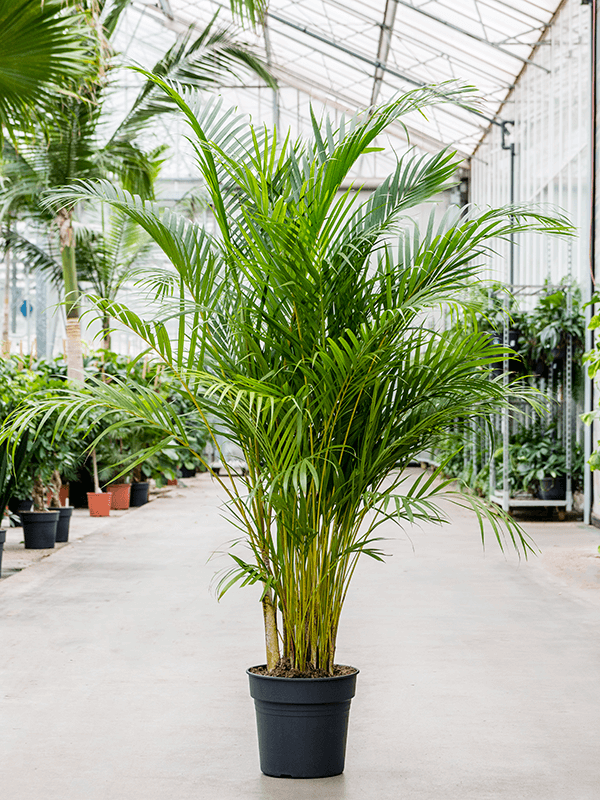
quick care guide for areca
 |
Once every 2 weeks in summer; once every 3 weeks in winter |
 |
Does best with bright, indirect sun |
 |
Fertilize once a month in the summer |
 |
Pet friendly |
 |
Strong air purifier |
Place your potted areca plant indoors in bright, indirect sunlight, only water it when the soil has partly dried, and feed occasionally. Areca palms need high humidity and temperatures between 16°C and 24°C. Prune occasionally and don’t cut off brown tips from the leaves as it can cause the whole frond to die.
detailed care guide for areca
Scientific Name: Areca Dypsis Lutescens (this is the most common Areca, although there are over 50 varieties) also known as Butterfly Palm, Golden Cane Palm, or Yellow Palm
Origin: Madagascar
Light: Loves light and can even tolerate some direct sunlight – put the Areca palm next to a west or south facing window for best growth
Water: Areca Palms require just enough water to keep the soil moist, but not so much water that it’s drowning. This may take a bit of trial and error. You’ll want to check your plant daily to make sure that it’s not too dry. Strive for moist soil but not soggy and you’ll do well. During the cooler winter months you can allow the soil to dry out in between watering.
Soil: Very important to have well draining potting mix – generally palms needs special palm soil that is sandier than average houseplant soil.
Temperature: 16°C – 24ºC
Fertilizer: Balanced houseplant fertilizer applied every month (or even every two months) during the growing season
Humidity: Average humidity of 40-60% is perfect.
Pruning: You can prune the fronds from an areca palm to help all the leaves get enough light. Generally, these palms are not sensitive to pruning, and occasionally cutting off some fronds can help a mature plant reach its 10-year lifespan. It’s not advisable to prune the brown tips off palm leaves. Snipping off the brown tips can cause the whole frond to die. So, only trim dead fronds if they have turned brown or look unsightly.
Re-Potting: One of the reasons why indoor Areca Palms are easy to care for is that they rarely need repotting. While some houseplants need repotting every year, you can repot a golden palm every three years or less. Butterfly palms are planted in clumps and they form new clumps as they grow. Most palms thrive when they are slightly rootbound.
Propagation: Areca Palms spread by growing from their base clusters of offshoots or canes. To propagate your areca palm, remove an offshoot with some of the roots from the base of the plant using a knife. Place the roots in a bowl of water for an hour and then transfer into a pot.
Diseases and Pests: Arecas are susceptible to spider mites and mealybugs. Check frequently under the leaves to spot these pests early.
Toxicity: Non-toxic to humans or animals.
areca origins & overview
The Areca Palm (Dypsis lutescens, formerly Chrysalidocarpus lutescens) comes from Madagascar where it grows in the wild. The Areca Palm is one of the most popular houseplant palms because it is inexpensive and easy to grow.
With a smooth silver green trunk, the Areca Palm is topped by feathery fronds. These fronds grow in clusters or thick clumps. These clusters are approximately six to eight leaves, on long curving upward petioles. It gives them the appearance of butterflies.
Since full grown Areca Palms are quite expensive, most people buy them when they are small and use them as a tabletop plant.
Areca Palms grow approximately 15 to 25 cm annually until they reach their maturity at about 2 meters tall. They have a lifetime of approximately ten years provided they are well cared for.
areca light requirements
One of the most important factors in tending to your Areca Palm is to give it the proper amount of light. Areca Palms tend to do best with bright, indirect sunlight. South or west facing windows are great as long as you ensure that the plant remains out of direct sunlight for the majority of the day.
If the plant gets too much direct sunlight, it may turn a yellowish green in color. Try putting it in a different window or location if this happens. If the palm leaves start to wilt and droop, make sure that it’s in a bright-enough location and has not dried out.
how to water the areca
The time to water an Areca Palm growing indoors is when the soil is partly dry. Check to make sure that the top part of the potting mix is dry before watering. When it comes time to water, provide deep watering by pouring in enough water until it runs out of the pot’s drainage holes.
repotting the areca
Every few years you’ll need to repot your Areca Palm. The roots prefer a tight container but when they’re too crowded, it will limit the size of the plant. By repotting the plant, you’re going to be replacing the older potting soil that it’s been living in for the past two to three years, and you’ll be giving it newer nutrients that have been leeched out of the soil that it’s been living in.
When repotting your plant, be sure that you’re potting it in the same depth as the previous pot. If you plant it too deeply it can cause serious injury to the roots and the rest of the plant. Roots can be very brittle so make sure that you’re very gentle and don’t even try to separate or spread them out.
Gently pack the soil around the roots with your fingers and make sure that you’re not over pressing the soil so that you won’t break the fragile roots. After you’ve pressed the soil in, water it deeply and gently press the soil down again to remove any air pockets. Add more soil if required after pressing this soil down.
frequently asked questions for areca palms
Why are the tips of my areca palm brown?
Brown tips are a sign of stress and the most common issue for Arecas. Plant stress can be caused by a number of factors, here are the most common ones along with ways to diagnose and fix the issue.
- Overwatering – Stick your finger in the soil up to the knuckle, is there a lot of soil sticking to your finger when you pull it out? Does the soil feel waterlogged? Was the plant ever standing in water? Then likely the soil may be too wet for the Areca Palm. Adjust your watering schedule accordingly and keep in mind if plants are overwatered for a long time then root rot might have already set in, which is very difficult to come back from.
- Underwatering – The other side of the coin. Does the soil feel bone dry? Is nothing sticking to your finger? Areca Palms like fairly moist, but not waterlogged soil most of the time, and once the soil dries out, they will start to show signs of stress.
- Insufficient light – Areca Palms need bright light to grow and thrive well. They are a medium light plant that grows beneath the canopy of larger trees in nature. For this reason, they like bright, but not direct sunlight. Direct sunlight can cause burning of the leaves, but it tends to be insufficient light that causes more problems. Low light conditions result in the plant not being able to sustain as much greenery, which results in brown tips and brown leaves on your Areca Palm as some of the leaves die back.
- Poor water quality – Palms can be quite sensitive to the minerals in our tap water, especially if you live in an area with hard water. Tap water contains salts, chlorine, minerals and fluoride – all of which can build up in the soil of your plant causing the tips of the leaves to burn and turn brown. One way you can remedy this is to use a water filtration system. If you do not have a water filter available, leaving your water in an open container or sink overnight before using it can help relieve some of the chlorine.
- Overfertilizing – Areca Palms will benefit greatly from a little fertilizer, but it’s very easy to overdo it. Applying fertilizer too often or in too concentrated a form can cause symptoms of fertilizer burn, including brown tips on your Areca Palm. Over time, fertilizer salts can build up in the potting soil, which can lead to the same problem, even though you may be applying the fertilizer correctly. To prevent this, I always water my Areca Palm thoroughly, letting water run through the potting media and out of the drainage holes.
There are a few more things that can cause Areca Palms stress and lead to brown tips: low humidity (palms need 40-60%), repotting stress (if your palm was recently repotted this is the most likely culprit), temperature fluctuations (is your palm near a drafty window, an air vent or on a heated floor?) and lastly, pests (thoroughly check all the leaves and especially the intersections and crevices of the plant).
You can cut off the brown edges to make the plant prettier, however, there’s a relatively high chance that the whole frond may die if you do that, so I would advise caution.
why is my areca turning yellow?
For the Areca Palm, yellowing leaves are most commonly a sign of either underwatering or too much direct light. First move it in a more shaded spot, and if that doesn’t fix the issue, adjust your watering schedule.

